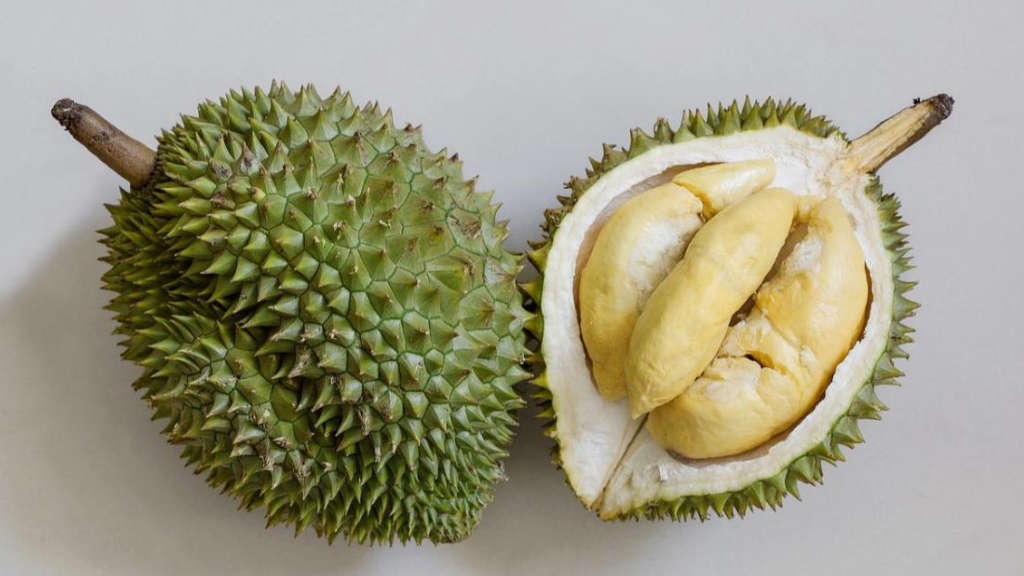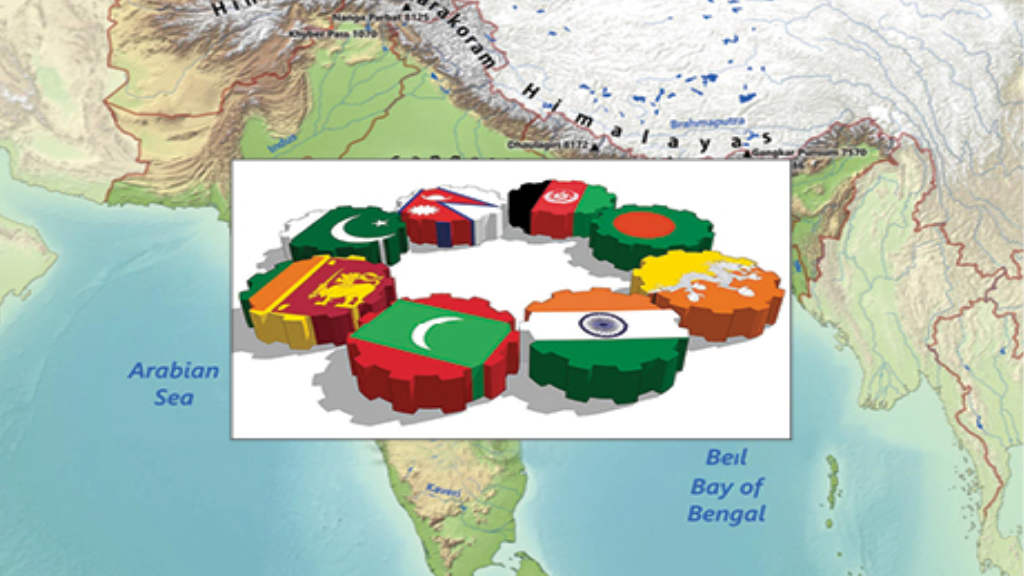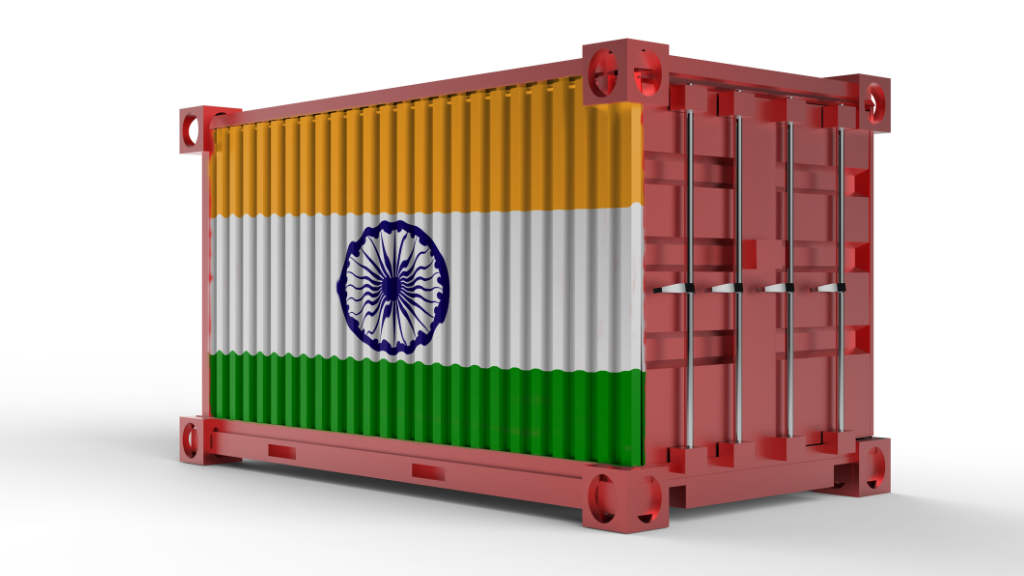Russia has proposed that India expand its own domestic involvement in the production and procurement of the Su-57E fighter jet to permit more in-depth technical cooperation within the framework of joint production and purchase of the aircraft. This specifically means the possibility of the Su-57E’s full use of Indian weapons systems. That is not implemented in the French Rafale fighter already sold to India, meaning that Moscow is now competing with Paris over military exports to India.
The Army Recognition portal reported on June 4 that representatives of the United Aircraft Corporation (UAC, part of Rostec) have subsequently discussed with Hindustan Aeronautics Limited (HAL; India’s leading aircraft manufacturer) an updated proposal for the supply of Su-57E fighters. The Su-57 is a Russian 5th-generation fighter jet created using stealth technology and interactive targeting systems. It was first used in combat in Syria, underwent testing and refinement, and became a fully-fledged combat fighter that was adopted by the Russian Air Force.
UAC is proposing to increase the share of localization of the aircraft production, with the range of devices, units, and other components of the Su-57E that the Indian side will be able to produce independently being expanded. For this purpose, the relevant technologies will be transferred to it—but on the condition that a firm order contract is concluded.
Integrating Indian systems into the aircraft’s onboard electronic system will give the Indians the opportunity to use their airborne weapons on the Su-57E. Such weapons may include Astra-class medium-range air-to-air missiles, Gaurav guided bombs, and Rudram radar-destroying missiles.
According to the Military Balance 2025, the Indian Air Force currently operates Russian (more than 260 Su-30MKI and about 60 MiG-29) and French (28 Rafale and 44 Mirage 2000) fighters, as well as 37 indigenously produced HAL Tejas.
The Indian Air Force has already encountered problems with integrating Indian systems into export aircraft with French Rafale fighters and has complained about the impossibility of fully using their own radars and weapons on them. As a senior Indian defense official previously told The Times of India, this is “one of the most painful issues and the cornerstone of the authorities’ efforts to reduce dependence on foreign defense companies.” India cannot realize the full potential of the Rafale, since it cannot modify the onboard equipment settings without certification from the manufacturer, Dassault Aviation.
According to Ruslan Pukhov, director of the Russian Center for Analysis of Strategies and Technologies, India’s complaints are to some extent to be expected—export software restrictions are normal practice in the international defense industry. He said that “All the problems the Indians are having, other foreign customers have learned to solve, and India has every opportunity to integrate everything they have, especially if they adhere to production technologies and attract competent technical specialists.”
At the same time, the Pentagon, like Paris, does not agree to the level of localization of joint production that India demands.
This makes the Russian proposal for the Su-57E more competitive, as it involves greater localization of production than the US and France. Moreover, India could also potentially use Russian developments to create its own fifth-generation fighter, the Advanced Medium Combat Aircraft (AMCA).
Further Reading
Algeria Buying Fifth-Generation Su-57 Fighter Jets From Russia: Deliveries In Late 2025





